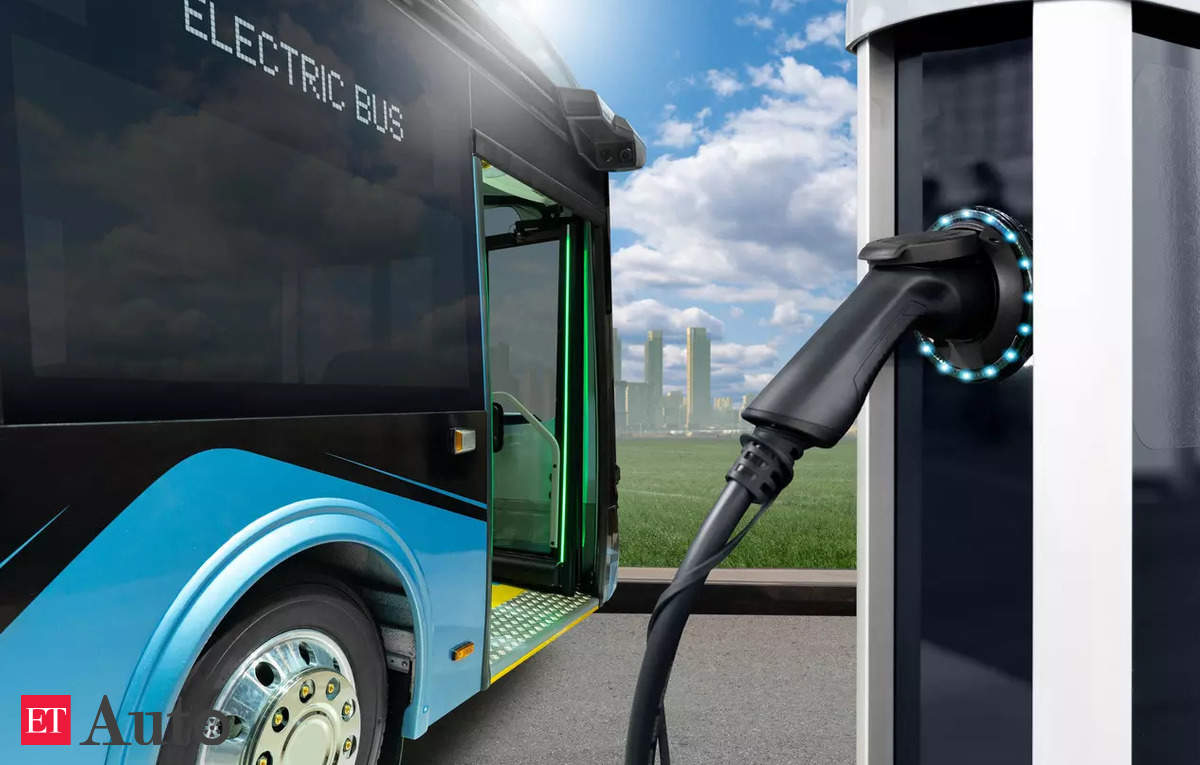The Road Ahead: Sustainable Management of Electric Vehicle Batteries
As the world accelerates towards a greener future, the proliferation of electric vehicles (EVs) stands out as a pivotal development in the fight against climate change. However, this rapid adoption brings with it a pressing challenge: the end-of-life management of EV batteries. To ensure minimal environmental impact, a comprehensive and sustainable recycling process must be established. This article delves into the necessity of a long-term roadmap for EV battery management, the current state of electric mobility, and the collaborative efforts needed to achieve sustainability goals.
The Urgency of Sustainable Practices
Sustainability has evolved from a mere buzzword to a critical global imperative. With the looming threat of climate change, developed economies, despite their significant contributions to carbon emissions, often lack clear strategies for emission reductions. Environmentalists warn that humanity has a narrow window—approximately two years—to avert irreversible damage to our planet. This urgency is particularly pronounced in countries like India, where road transportation contributes to 12% of CO2 emissions, according to NITI Aayog.
The rapid urbanization and migration of populations to cities further exacerbate the need for sustainable mass mobility solutions. In this context, electric mobility emerges as a beacon of hope, offering a cleaner alternative to traditional internal combustion engine (ICE) vehicles.
The Rise of Electric Mobility in India
India is witnessing a remarkable surge in electric mobility. The International Energy Agency’s Global EV Outlook 2024 report highlights a staggering 70% year-on-year increase in electric car registrations, reaching 80,000 units, while overall car sales grew by less than 10%. Electric buses, too, are gaining traction, constituting 3% of total bus sales in 2023, with projections indicating a seven-fold increase by 2035.
This transition is supported by ambitious government initiatives. India aims to transition from ICE buses to electric buses, targeting 50,000 e-buses by 2027, backed by a USD 390 million fund from the Indian and American governments to provide soft loans and stimulate demand for domestic manufacturers. Programs like the Grand Challenge and the National e-Bus Program, led by Convergence Energy Services Ltd (CESL), are steadily increasing e-bus operations, particularly in Tier-2 towns. The recent PM e-Bus Sewa initiative aims to extend these operations to Tier-3 and Tier-4 towns, further broadening the reach of sustainable transport.
Positive Reception and Community Engagement
The acceptance of electric buses is evident in regions like Leh, Kargil, Himachal Pradesh, and Kerala, where travelers prefer the comfort of PMI ELECTRO e-buses over traditional ICE buses. This positive feedback underscores the potential for widespread acceptance of electric mobility solutions. Our organization has collaborated with 30 State Transport Undertakings (STUs) across various cities, designating routes with high local traffic as "Green Routes." This initiative symbolizes the dawn of a new "Green Revolution" in India, aligning with the Prime Minister’s vision of a net-zero nation.
Addressing Challenges in EV Battery Management
While the current strategy for electric mobility is promising, it faces several challenges, particularly regarding the end-of-life management of EV batteries. As the number of electric vehicles increases, so does the need for a sustainable recycling process for used batteries. A long-term roadmap is essential to ensure that these batteries are disposed of or recycled in an environmentally friendly manner, minimizing their impact on the ecosystem.
Moreover, the development of a robust charging infrastructure is critical to support the growing number of electric vehicles. The FAME-II initiative aims to install charging stations every 25 kilometers on major highways, supported by financial commitments from the Ministry of Heavy Industries. This infrastructure is vital for encouraging the adoption of electric vehicles and ensuring their practicality for everyday use.
The Role of Renewable Energy
As we progress towards a sustainable future, it is imperative to adopt hybrid infrastructure, with a significant portion of power generated from renewable sources. The commissioning of large solar parks across the country is a step in the right direction, but widespread implementation is necessary to meet our sustainability goals.
Achieving these objectives requires collective collaboration among central and state governments, regulatory authorities, and industry players. Without such concerted efforts, our vision for a sustainable future risks remaining a utopian dream.
Conclusion
The proliferation of electric vehicles presents a unique opportunity to reshape our transportation landscape and mitigate the impacts of climate change. However, this transition must be accompanied by a robust strategy for the end-of-life management of EV batteries and the development of sustainable infrastructure. By prioritizing these initiatives and fostering collaboration among stakeholders, we can pave the way for a greener, more sustainable future. The road ahead is challenging, but with commitment and innovation, we can navigate it successfully.

